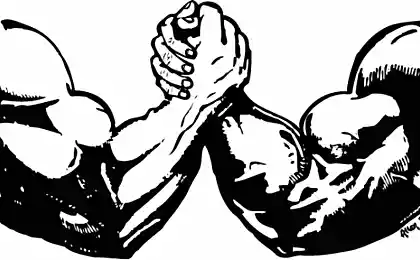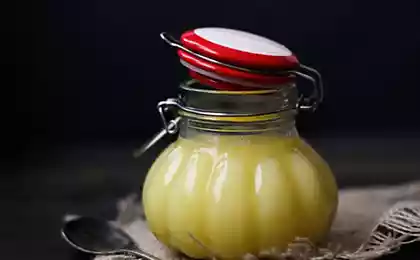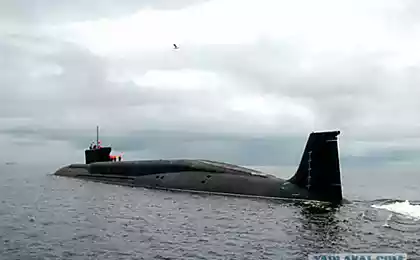512
Where did the sunflower
Actually the first sunflowers appeared in North America, but almost immediately began its centuries-long journey to the Old world and back, and then back again to become the plant that we know today. They were probably one of the first crops for cultivation in North and South America. Before that sunflowers were the main source of fat for hunters. Their seeds are cleaned and mixed with flour to make bread. About five thousand years ago people started to grow them in the South-Western part of North America, in what is now Mexico. During all this time the plant is many times cultivated more crops and seeds. Therefore, the modern sunflower is quite similar to that grown in North America. It is assumed that the sunflower was cultivated even before corn. Even the Cherokee tribe and other native Americans grew them. The plant has become an integral part of the diet of these peoples, as the primary source. In southern Mexico, the Aztecs not only cultivated sunflowers, but also worshiped them. The priests wore headdresses made from these plants to come into contact with the divine.

Sunflower seeds shelled just as we do now, and had consumed between meals. Moreover, they do not kill the appetite, although very rich. People squeezed oil, and make bread. But the plant was not only a source of food. It was used in the creation of purple dye, medicines for snake bites and ointments. Oil lubricated the hair and skin. And the ancient tribes dried the stalks and used as a building material.
Many people do not know where is the sunflower, but this is not surprising. The plant was opened shortly after the Europeans came to the New World and had the opportunity to trade and transporting seeds across the Atlantic and beyond. It is believed that the plant appeared in the Old world (Spain) around the beginning of the sixteenth century, but its beautiful, unusual species and sizes (at the time, the signs of exotic plants) was first considered a decorative plant. And only in 1716 in England began to squeeze sunflower oil.
Until the eighteenth century, the sunflower was not a popular plant, while Peter not gone to Holland. That person we all have to thank for our favorite seeds, oil and everything related to the sunflower. The king was so fascinated by the plant that he could not return home without his seeds. Needless to say, that people were in awe of what he saw? During lent, the Russian Orthodox Church banned the consumption of oil, but sunflower was not on the list. And by the third decade of the nineteenth century sunflower oil was manufactured in Russia in the large industrial scale.
Russia was awash with flowers like a giant, more than two million hectares per year is allocated for them. There were two types: one for the production of oil other for use. The government even invested money in research projects. Even today, there are research awards for study of the sunflower. Thus, by 1830 the plant was at the peak of popularity in Russia. It's time to come home.

So. The irony of the story is a native American plant back home has completely changed thanks to the intervention of Russia. Perhaps if Stalin knew, he would have demanded the return of their homeland a century later, when two of the nation threatened to destroy each other. It is believed that Russian immigrants in the US and Canada took seeds and there are already cultivated and sold them.
Time passed before the Americans began to use the sunflower as a cash crop, it is initially sold just as food for chickens. Then in 1926 the manufacturers of sunflower in Missouri, engaged in processing of sunflower seeds into oil. So solved a long-standing secret of this multifunctional plant. The Canadians around the same time began their breeding program in 1930. Paradoxically, in both countries Semenya brought Russian immigrants.

This was the beginning of the industrial race. The number of hectares given over for the cultivation of sunflower grown as the demand for oil. In 1946 in Canada, North Dakota and Minnesota, appeared the crushing plant. Again, it is Russian cultivar "Peredovik" gave large yields with high oil content like no other. Until he came the seventies, new technologies, and hybridization.
In the early eighties in the United States of sunflowers employs more than five million acres. Then — ironically — plant again returned to Europe. Cholesterol by this time has become a common concept and European demand for sunflower oil had increased to such an amount that Russian exporters could no longer cope with the required number. Seeds were brought to Europe from the U.S., then processed on the spot. Today, U.S. exports of seed or oil is relatively small.
Source: /users/1

Sunflower seeds shelled just as we do now, and had consumed between meals. Moreover, they do not kill the appetite, although very rich. People squeezed oil, and make bread. But the plant was not only a source of food. It was used in the creation of purple dye, medicines for snake bites and ointments. Oil lubricated the hair and skin. And the ancient tribes dried the stalks and used as a building material.
Many people do not know where is the sunflower, but this is not surprising. The plant was opened shortly after the Europeans came to the New World and had the opportunity to trade and transporting seeds across the Atlantic and beyond. It is believed that the plant appeared in the Old world (Spain) around the beginning of the sixteenth century, but its beautiful, unusual species and sizes (at the time, the signs of exotic plants) was first considered a decorative plant. And only in 1716 in England began to squeeze sunflower oil.
Until the eighteenth century, the sunflower was not a popular plant, while Peter not gone to Holland. That person we all have to thank for our favorite seeds, oil and everything related to the sunflower. The king was so fascinated by the plant that he could not return home without his seeds. Needless to say, that people were in awe of what he saw? During lent, the Russian Orthodox Church banned the consumption of oil, but sunflower was not on the list. And by the third decade of the nineteenth century sunflower oil was manufactured in Russia in the large industrial scale.
Russia was awash with flowers like a giant, more than two million hectares per year is allocated for them. There were two types: one for the production of oil other for use. The government even invested money in research projects. Even today, there are research awards for study of the sunflower. Thus, by 1830 the plant was at the peak of popularity in Russia. It's time to come home.

So. The irony of the story is a native American plant back home has completely changed thanks to the intervention of Russia. Perhaps if Stalin knew, he would have demanded the return of their homeland a century later, when two of the nation threatened to destroy each other. It is believed that Russian immigrants in the US and Canada took seeds and there are already cultivated and sold them.
Time passed before the Americans began to use the sunflower as a cash crop, it is initially sold just as food for chickens. Then in 1926 the manufacturers of sunflower in Missouri, engaged in processing of sunflower seeds into oil. So solved a long-standing secret of this multifunctional plant. The Canadians around the same time began their breeding program in 1930. Paradoxically, in both countries Semenya brought Russian immigrants.

This was the beginning of the industrial race. The number of hectares given over for the cultivation of sunflower grown as the demand for oil. In 1946 in Canada, North Dakota and Minnesota, appeared the crushing plant. Again, it is Russian cultivar "Peredovik" gave large yields with high oil content like no other. Until he came the seventies, new technologies, and hybridization.
In the early eighties in the United States of sunflowers employs more than five million acres. Then — ironically — plant again returned to Europe. Cholesterol by this time has become a common concept and European demand for sunflower oil had increased to such an amount that Russian exporters could no longer cope with the required number. Seeds were brought to Europe from the U.S., then processed on the spot. Today, U.S. exports of seed or oil is relatively small.
Source: /users/1























